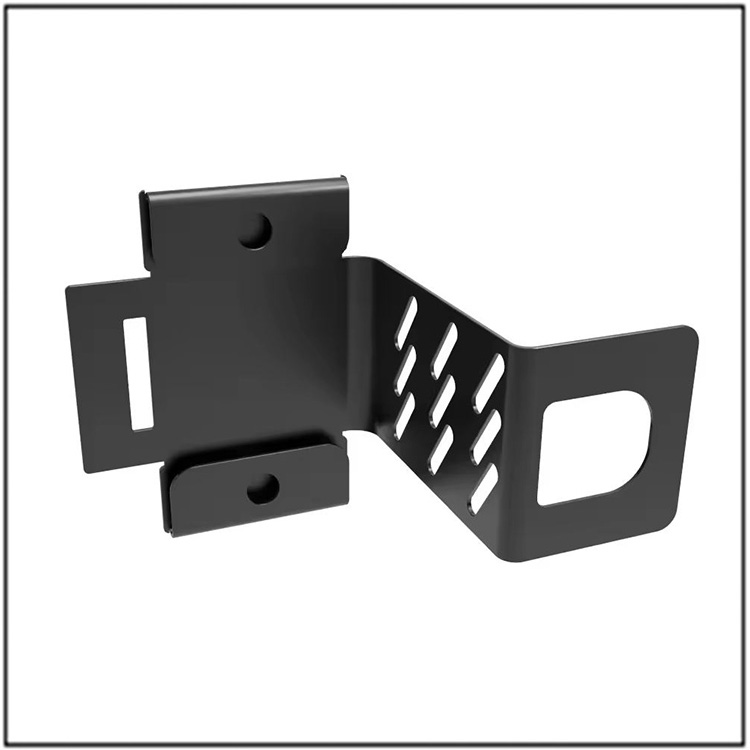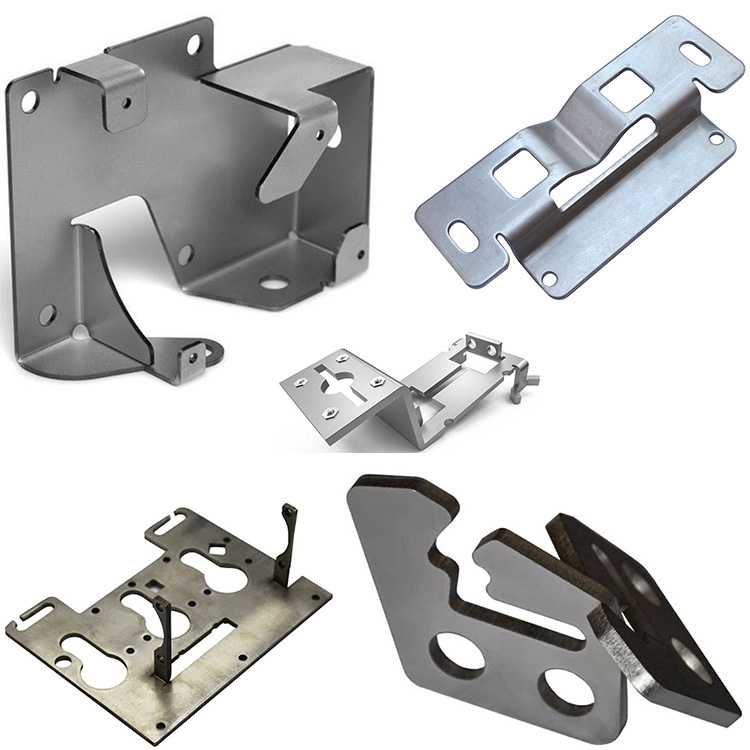
How To Reduce Springback In The Bending Processing of Metal Stamping Parts
What are the methods to reduce springback in the bending processing of metal stamping parts
Methods to reduce springback in the bending process of metal stamping parts. Metal stamping bending processing is a processing method that applies a bending moment to a material to deform it, causing the material to experience internal bending stress under the action of the bending moment. The stress distribution is bounded by the neutral plane of the plate, with tensile stress on the outer side and compressive stress on the inner side. After the bending moment is eliminated, the material returns to the state of elastic deformation equilibrium force distance. Compared with the standard shape of stamped parts, there will be outward tension or inward inclination, which is called elastic recovery deformation. To distinguish, sometimes the state of outward opening is called rebound, and the state of inward tilting is called over bending. From the perspective of bending methods, there are V-shaped bending and U-shaped bending, but the two only differ in rebound amount and are essentially the same.
The factors that affect the rebound amount include stamping material, plate thickness, punching force, mold size and shape.
1.The curvature radius of the convex mold. The rebound amount increases with the increase of curvature radius and decreases with the decrease of curvature radius. Although there are slight differences due to different materials, the following plate thickness is generally recommended. At the same time, it is necessary to consider the small curvature radius of the curved plate material.
2.The shoulder radius of the concave mold is too small. When the radius of the concave die shoulder is too large, the stamped part opens outward, and when it is too small, it tilts inward. Generally, choose 2-4 times the thickness of the board.
3.Bending mold. Bending has a small inner and outer opening, and the outward opening decreases as it increases. Usually, the curvature should be at least 4 times the thickness of the plate.
4.Gap between convex and concave collisions. The gap between the convex mold and the concave mold is greater than the plate thickness, and the sheet metal cannot fit well with the convex mold. The larger the corner radius of the convex mold, the greater the rebound. Conversely, when the gap is too small, the rebound is similar but becomes inward tilting. It is advisable for the gap to be less than the plate thickness of 0.20.05mm.
Due to the existence of the above factors, if we comprehensively examine these factors and the nature of rebound, we should allow for the reasons for rebound in the bending situation of the compressed parts, and then take measures to prevent it. The fundamental reason for rebound is that after the material completes the bending process, the bending part is subjected to uneven force. If this uneven stress is converted into uniform stress, even if the entire section is under compressive or tensile stress, the rebound amount can be reduced. But some stamped parts have requirements for deformation, such as not suitable for indentation, which requires corresponding solutions in design and process. For this type of stamping parts, it is advisable to use the shape of convex and concave molds, which can also play a good role in stamping parts with small rebound.









